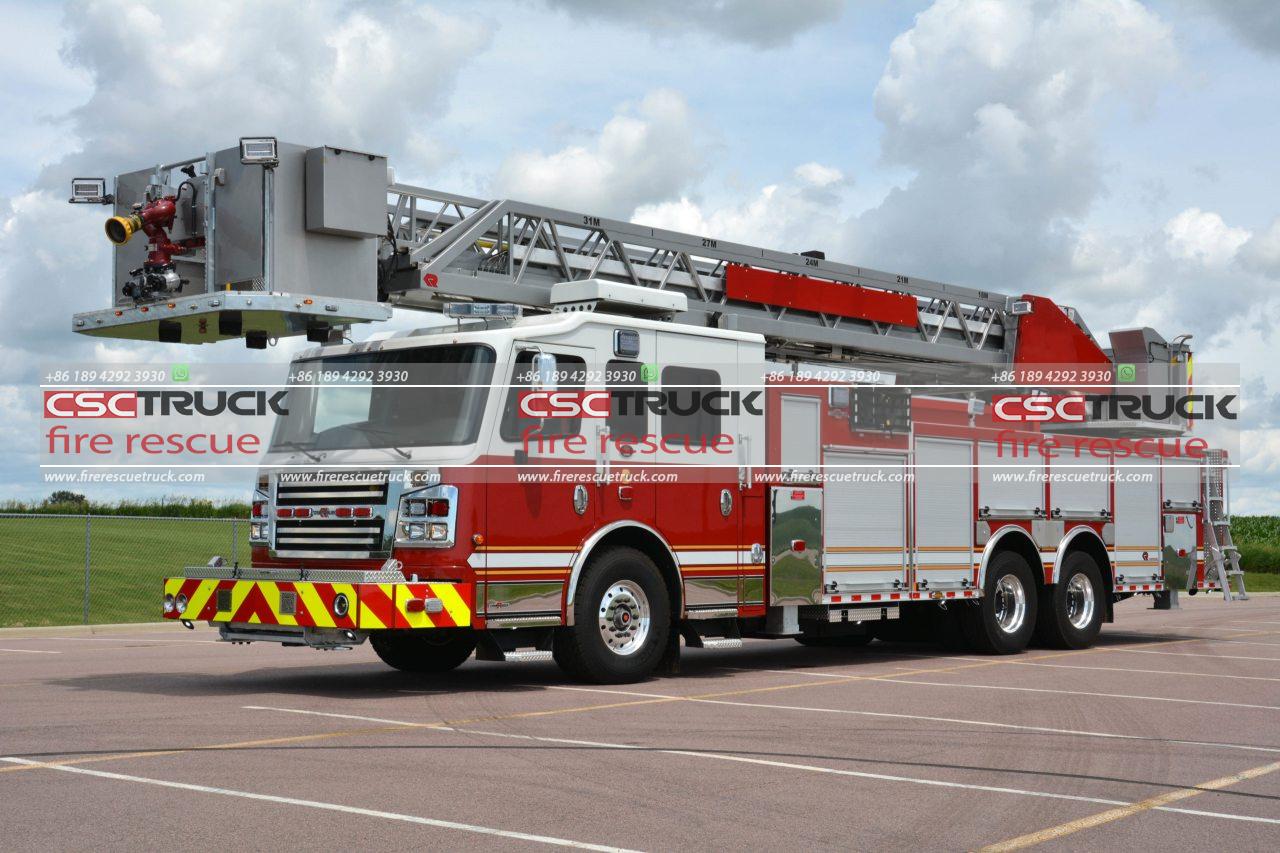In the perpetual battle against the destructive force of fires, firefighters are always on the lookout for innovative tools and techniques to enhance their firefighting capabilities. Among these tools, water foam fire trucks have emerged as a dynamic defense mechanism, offering a potent combination of water and foam to combat fires effectively. This article delves into the significance of water foam fire trucks in modern firefighting efforts, exploring their functionality, benefits, and impact on fire control strategies.
Evolution of Firefighting Techniques:
Since ancient times, humans have grappled with the challenge of extinguishing fires. Early methods involved rudimentary tools such as buckets of water and primitive hand pumps. Over centuries, advancements in technology led to the development of more sophisticated firefighting equipment, including hand-operated pumps, hoses, and fire engines.
One notable advancement in firefighting technology is the introduction of foam as a firefighting agent. Foam works by smothering the fire, cutting off its oxygen supply, and suppressing its heat. Initially, foam was primarily used in conjunction with water to create a more effective extinguishing agent. However, as firefighting techniques evolved, dedicated water foam fire trucks emerged as a specialized solution for combating various types of fires.
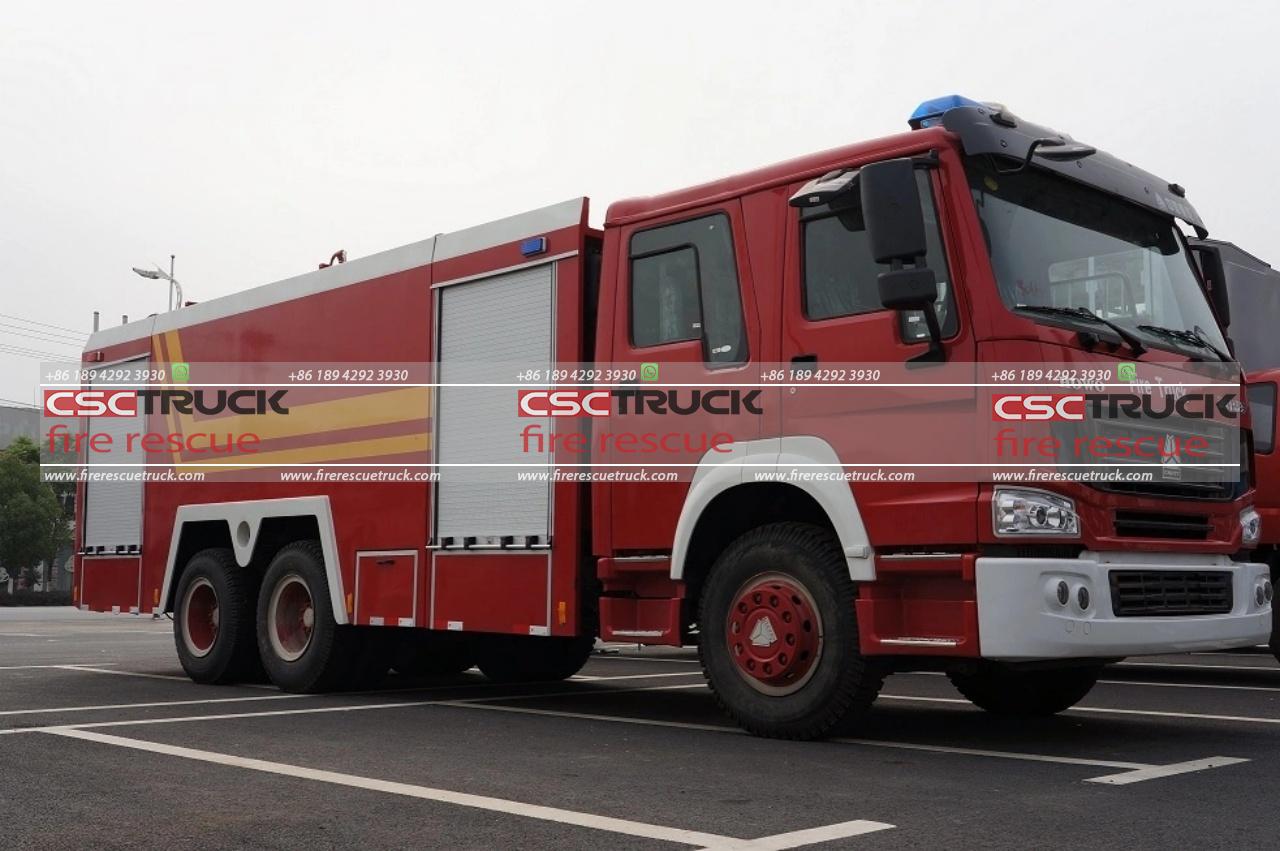
Understanding Water Foam Fire Trucks:
Water foam fire trucks, also known as foam tenders or foam pumpers, are specialized vehicles designed to deliver a mixture of water and foam to extinguish fires. These vehicles typically feature large tanks for water and foam concentrate, as well as powerful pumps and discharge systems for effective deployment.
The key component of a water foam fire truck is its foam proportioning system. This system precisely mixes water and foam concentrate at the desired ratio, ensuring optimal firefighting effectiveness. The resulting foam solution is then delivered through hoses and nozzles to the fire scene, where it blankets the burning materials, rapidly suppressing the flames.
Advantages of Water Foam Fire Trucks:
1. Enhanced Fire Suppression: Water foam fire trucks offer superior fire suppression capabilities compared to traditional water-only methods. The foam acts as a barrier, preventing reignition and providing longer-lasting suppression.
2. Versatility: These trucks are versatile and can be deployed in various fire scenarios, including fuel spills, chemical fires, and flammable liquid incidents. The foam’s ability to form a cohesive barrier makes it effective against a wide range of fire types.
3. Reduced Water Damage: Foam has the advantage of reducing water usage compared to water-only firefighting methods. By forming a thick blanket over the fire, foam reduces the amount of water required to extinguish the flames, minimizing water damage to the surrounding area.
4. Improved Safety: The use of foam in firefighting operations can enhance firefighter safety by reducing the risk of flashovers and backdrafts. The foam’s cooling properties help lower the temperature of the fire, creating a safer environment for firefighters to operate in.
5. Environmental Considerations: Water foam fire trucks often utilize biodegradable foam concentrates, minimizing their environmental impact. These eco-friendly formulations ensure that firefighting operations do not contribute to pollution or harm ecosystems.
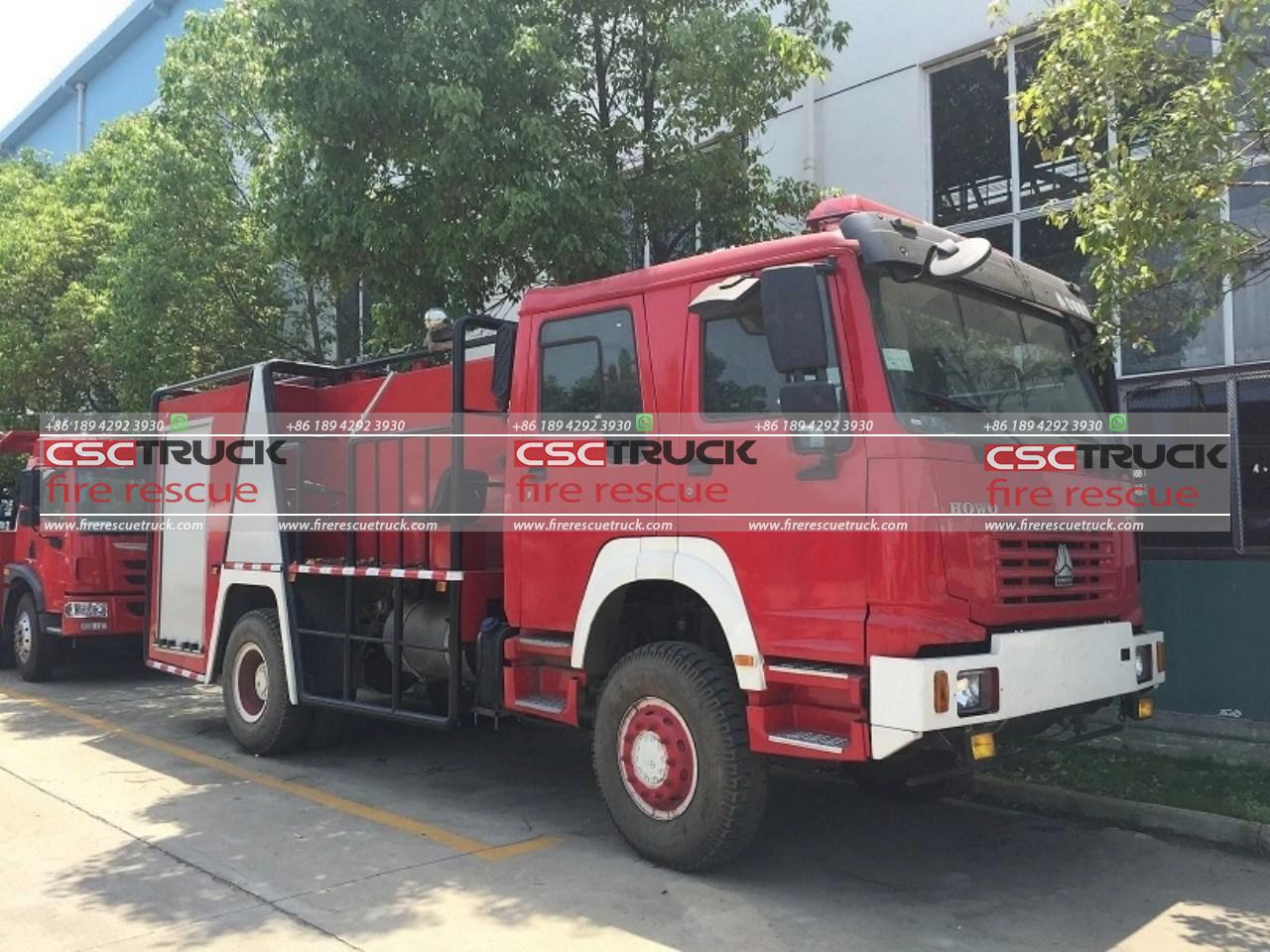
Applications and Deployment:
Water foam fire trucks find application in a wide range of industries and settings, including:
– Industrial Facilities: Water foam fire trucks are commonly used in industrial settings such as refineries, chemical plants, and manufacturing facilities, where the risk of flammable liquid fires is high.
– Aviation: Airports utilize water foam fire trucks as part of their aircraft rescue and firefighting (ARFF) services. These vehicles are equipped to handle aircraft fires and fuel spills effectively.
– Maritime: Ports and maritime facilities deploy water foam fire trucks to address fires on ships, docks, and waterfront structures. The foam’s ability to float on water makes it particularly useful for combating fires in marine environments.
– Wildland Firefighting: In addition to urban settings, water foam fire trucks are also deployed in wildland firefighting operations. These vehicles help contain and suppress wildfires by creating firebreaks and applying foam to smother flames.
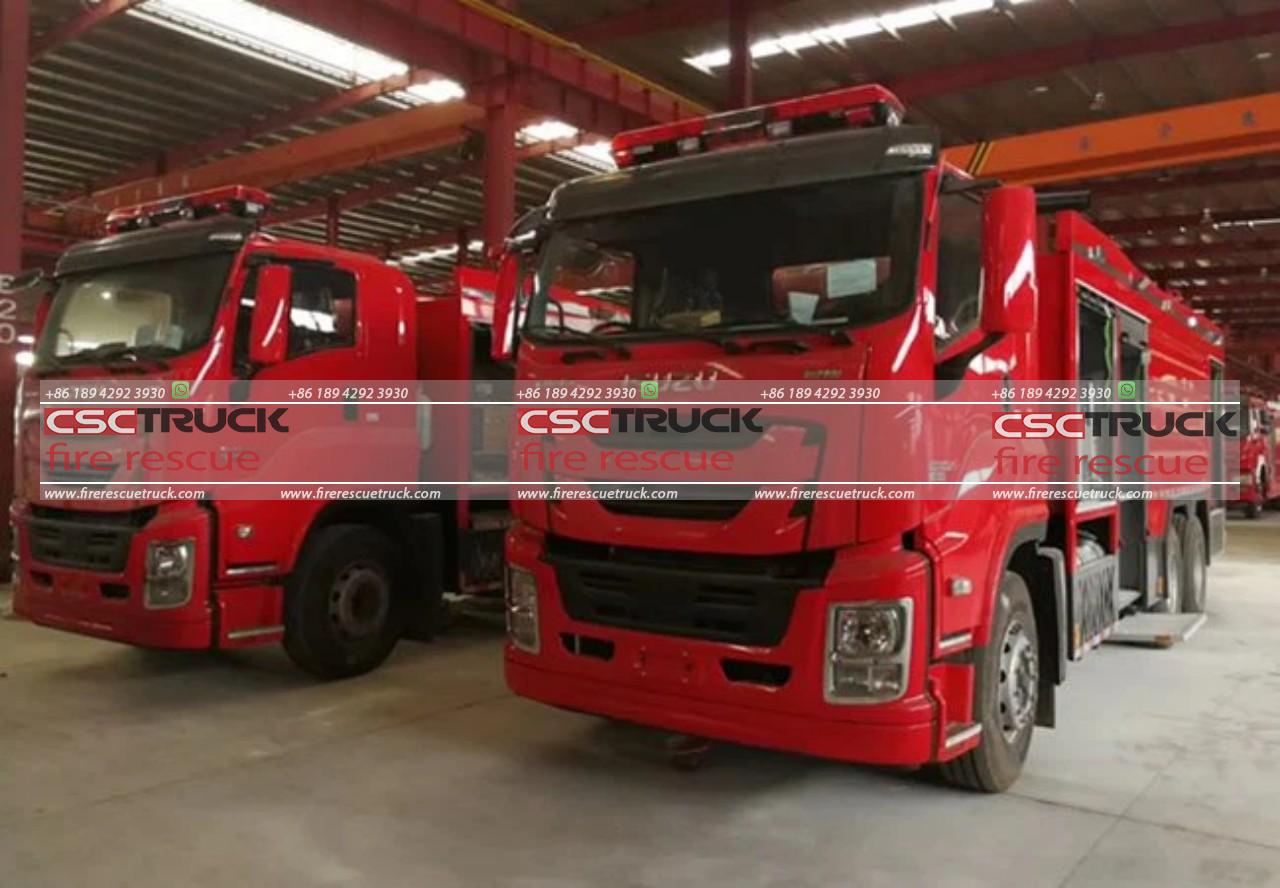
Future Developments and Innovations:
As technology continues to advance, the capabilities of water foam fire trucks are expected to evolve further. Some potential areas for future development include:
– Automation and Robotics: Integration of automation and robotics technologies could enhance the efficiency and safety of firefighting operations. Autonomous foam deployment systems and remote-controlled vehicles could improve response times and reduce firefighter exposure to hazards.
– Advanced Foam Formulations: Ongoing research into foam chemistry may lead to the development of new formulations with enhanced firefighting properties. Innovations in foam stability, expansion ratio, and extinguishing efficiency could further improve the effectiveness of water foam fire trucks.
– Data-Driven Approaches: Utilization of data analytics and predictive modeling could optimize firefighting strategies and resource allocation. By analyzing historical fire data and real-time environmental conditions, firefighters can make more informed decisions and enhance their overall effectiveness in fire control.
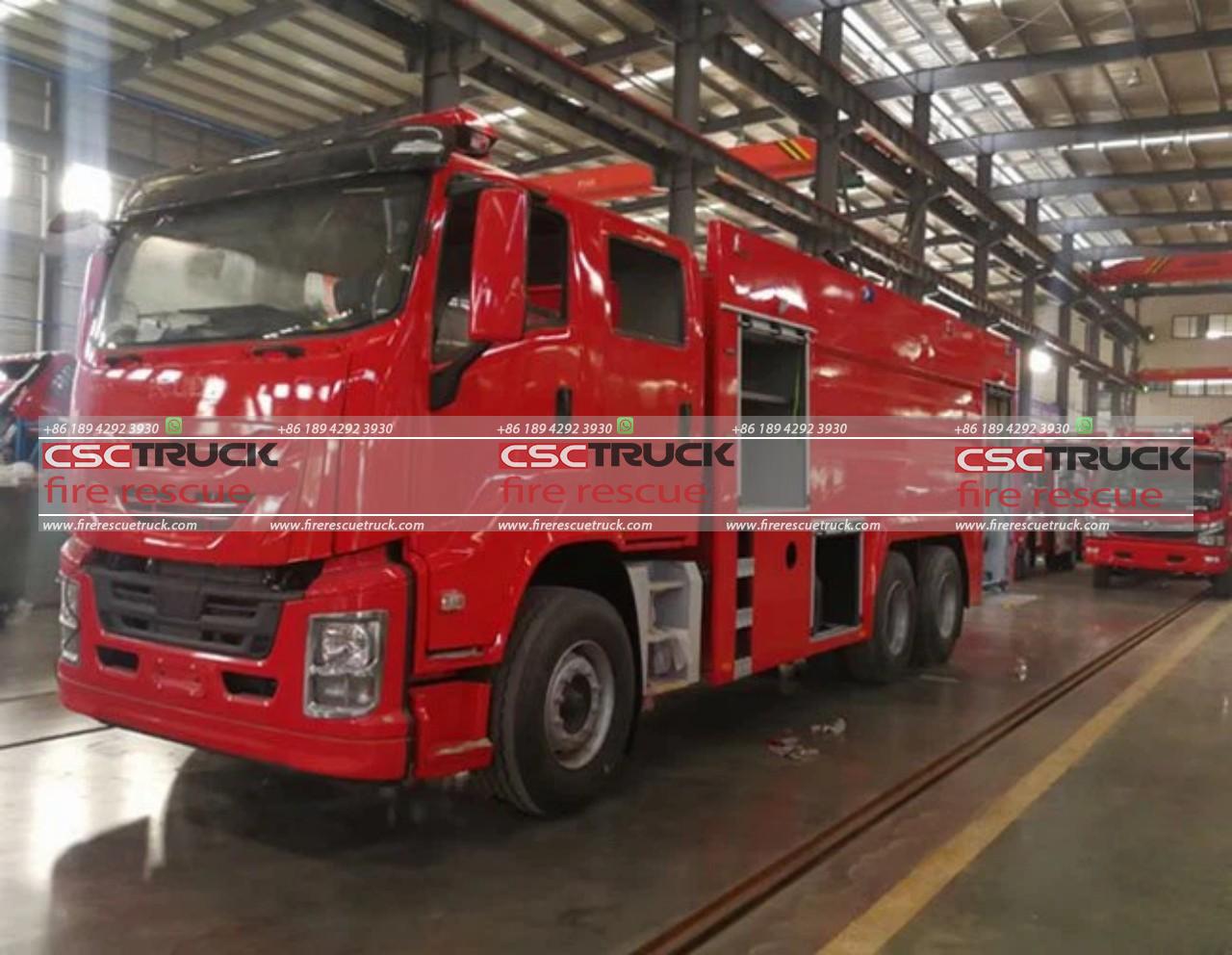
Conclusion:
Water foam fire trucks represent a crucial advancement in modern firefighting technology, offering a dynamic defense against the ravages of fire. With their ability to deliver a potent mixture of water and foam, these specialized vehicles play a vital role in fire suppression efforts across various industries and environments. As technology continues to evolve, water foam fire trucks are poised to become even more effective tools in the ongoing battle to protect lives, property, and the environment from the threat of fire.






